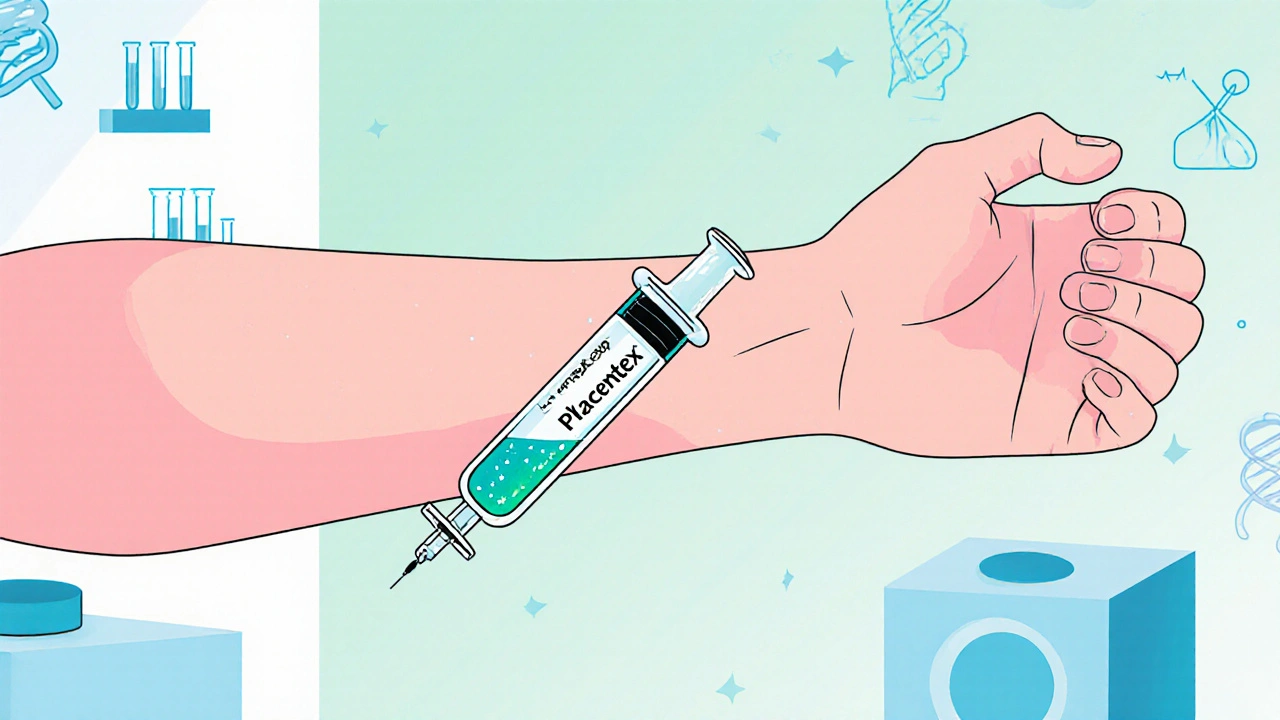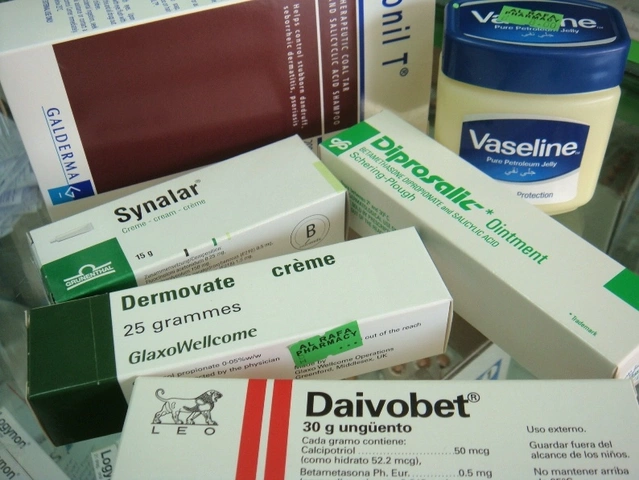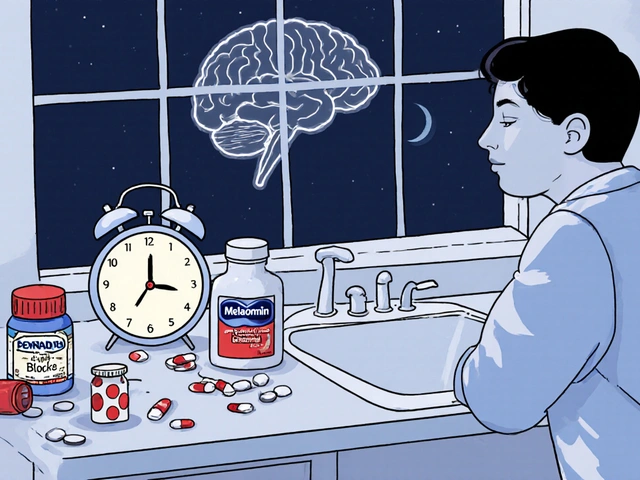Nitrogen Therapy: What It Is, How It Works, and What You Need to Know
When people talk about nitrogen therapy, a term sometimes used incorrectly to describe medical treatments involving nitrogen gas. It's not a recognized clinical treatment like hyperbaric oxygen therapy, but it pops up in discussions about breathing gases, anesthesia, and even alternative health circles. Nitrogen makes up 78% of the air we breathe, but unlike oxygen, it doesn't get used by your body. It just passes through. So when someone says they’re getting "nitrogen therapy," they’re usually mixing up terms—or referring to something else entirely.
What they might actually mean is hyperbaric oxygen therapy, a proven treatment where patients breathe pure oxygen in a pressurized chamber. This helps heal wounds, fight infections, and treat conditions like carbon monoxide poisoning. Or maybe they’re thinking of nitrous oxide, a gas used in dentistry and surgery for pain relief and sedation. Both involve gases, but neither is "nitrogen therapy." Nitrogen gas itself is used in medicine, but only as an inert filler—for example, in cryotherapy to freeze tissue, or in some IV bags to prevent oxidation of drugs.
There’s no scientific evidence that breathing pure nitrogen has any therapeutic benefit. In fact, inhaling too much nitrogen can be dangerous—it displaces oxygen and can cause suffocation without warning. That’s why it’s used in industrial safety training, not clinics. Some wellness blogs claim nitrogen baths or inhalation can boost energy or reduce inflammation, but these claims aren’t backed by peer-reviewed studies. If you’re looking for real gas-based treatments, focus on what’s approved: oxygen for low blood oxygen, nitrous oxide for pain, or hyperbaric oxygen for specific healing needs.
The confusion around nitrogen therapy often comes from people hearing "nitrogen" in the context of medical gases and assuming it’s active. But in medicine, gases are chosen for their chemical behavior. Oxygen binds to hemoglobin. Nitrous oxide affects nerve signals. Nitrogen? It does nothing but take up space. That’s why it’s used in labs and tanks—not in therapy rooms.
Below, you’ll find real, practical guides on medications and treatments that actually work—like how to monitor kidney function with creatine, how Dostinex compares to other dopamine agonists, or how to safely buy generic meds online. None of them involve nitrogen therapy. But they do help you make smarter choices about your health, using science, not myths.

Compare Placentrex (human placental extract with nitrogen) to PRP, stem cells, HA and other alternatives, covering efficacy, safety, cost and regulatory status.





